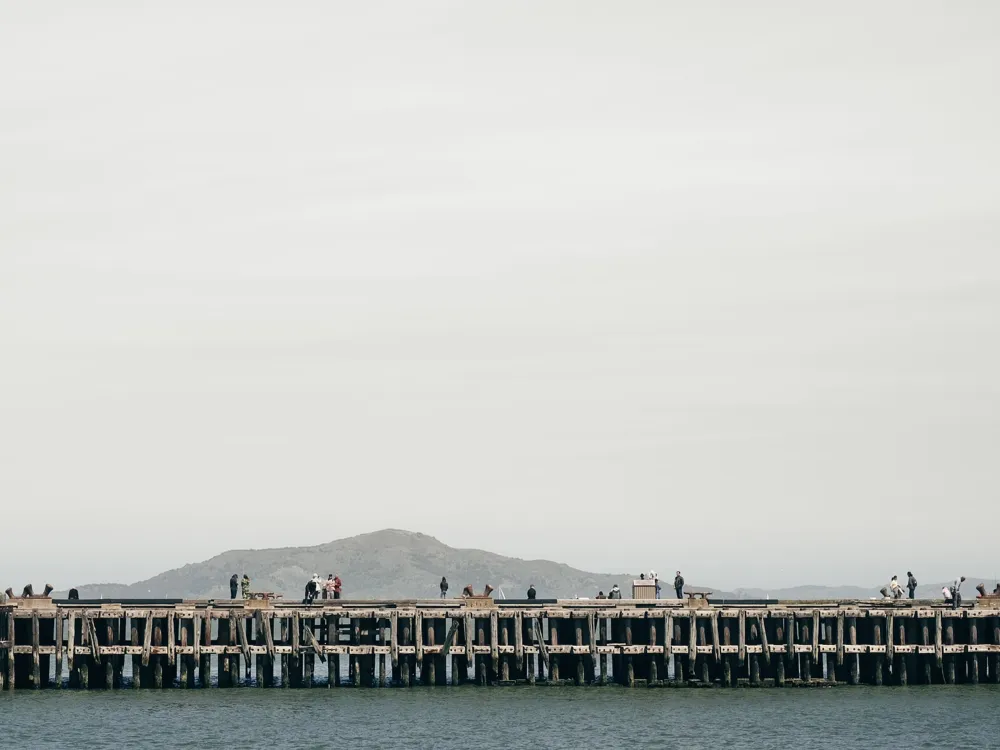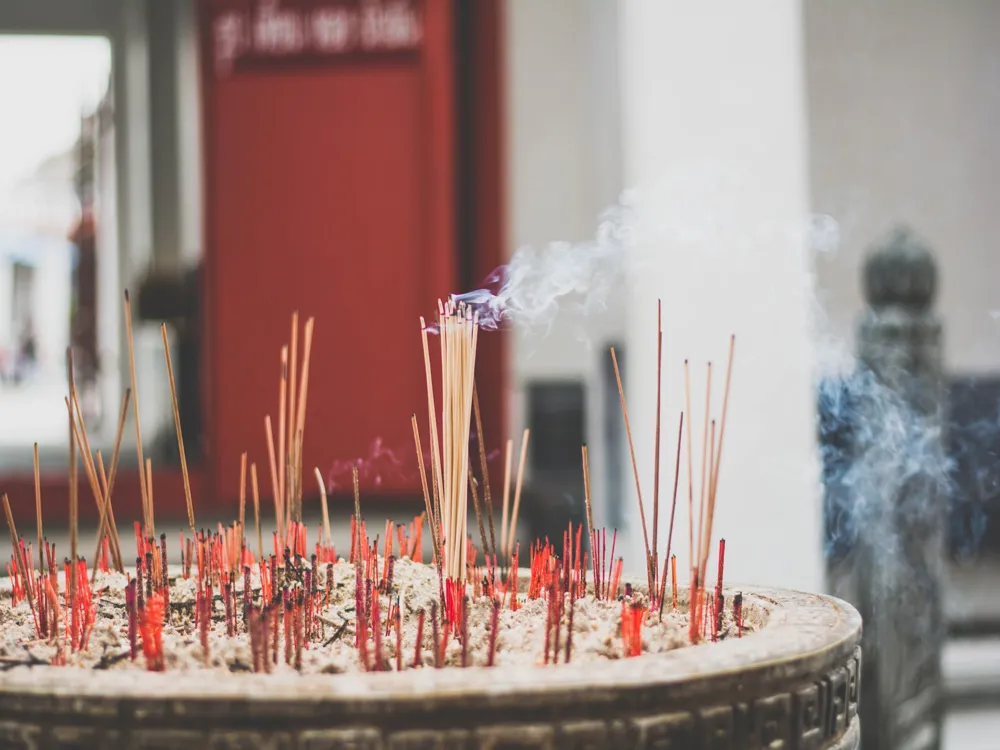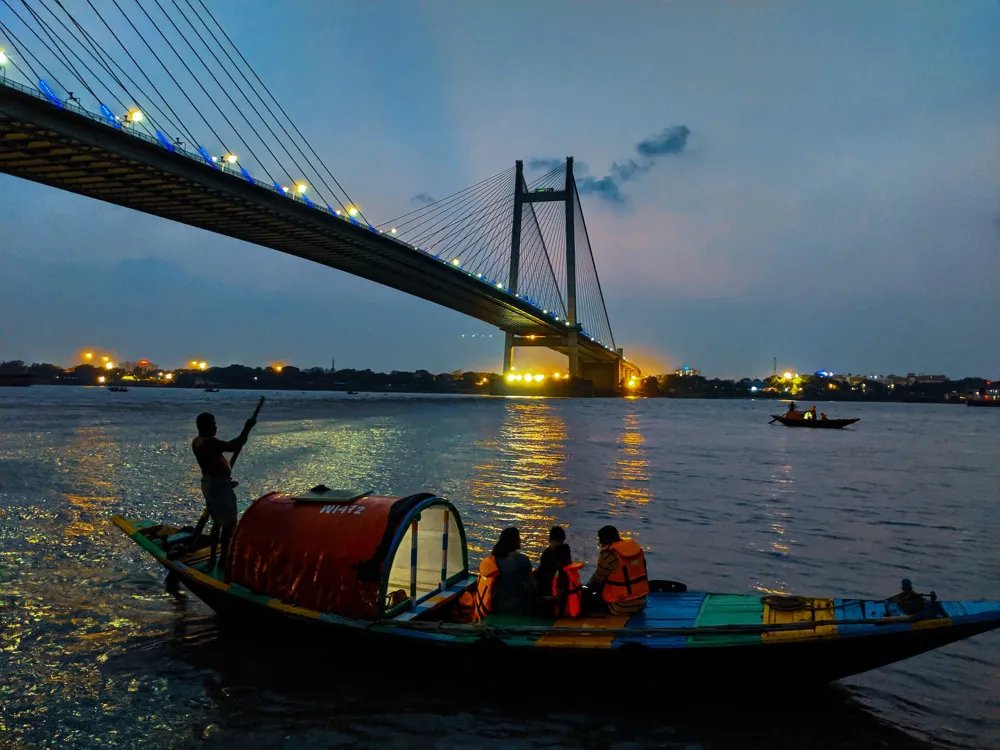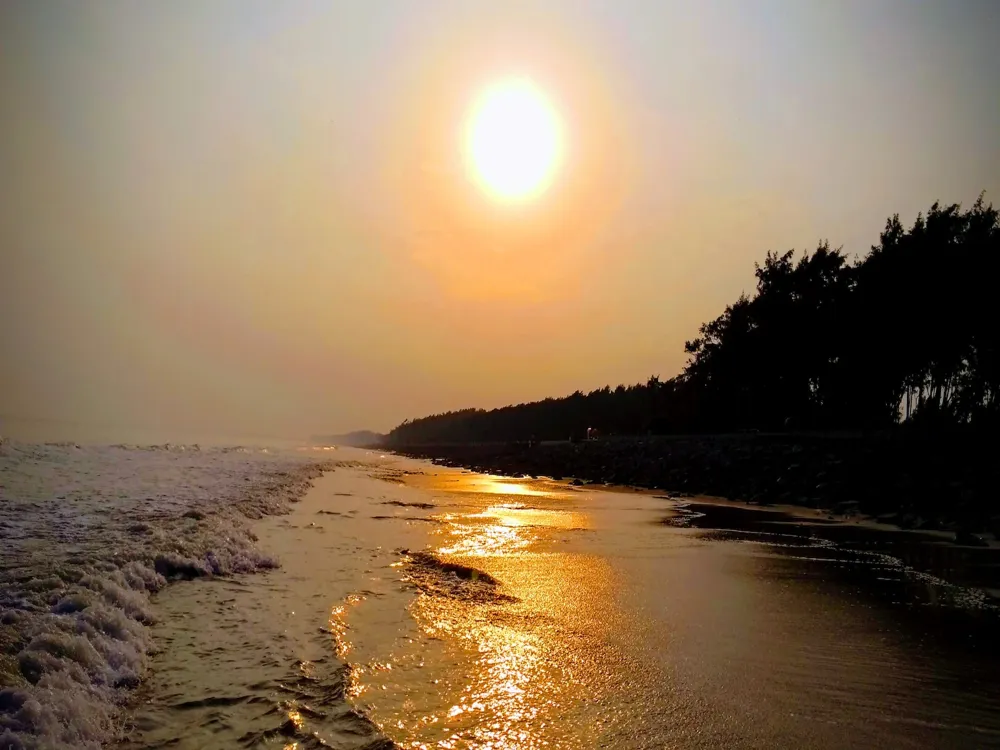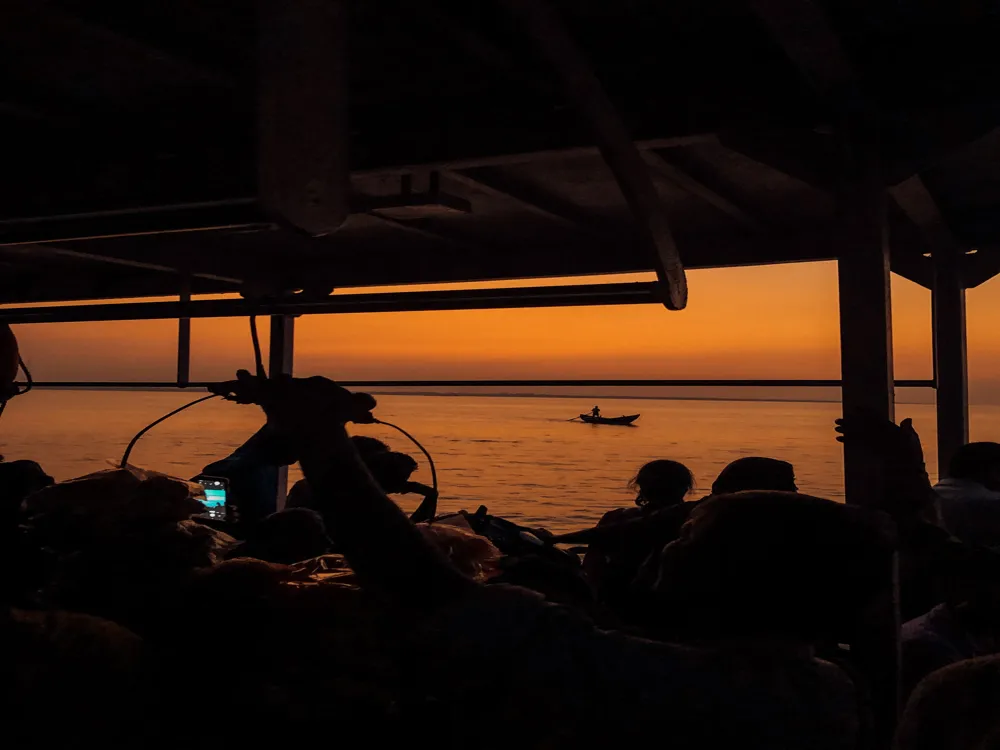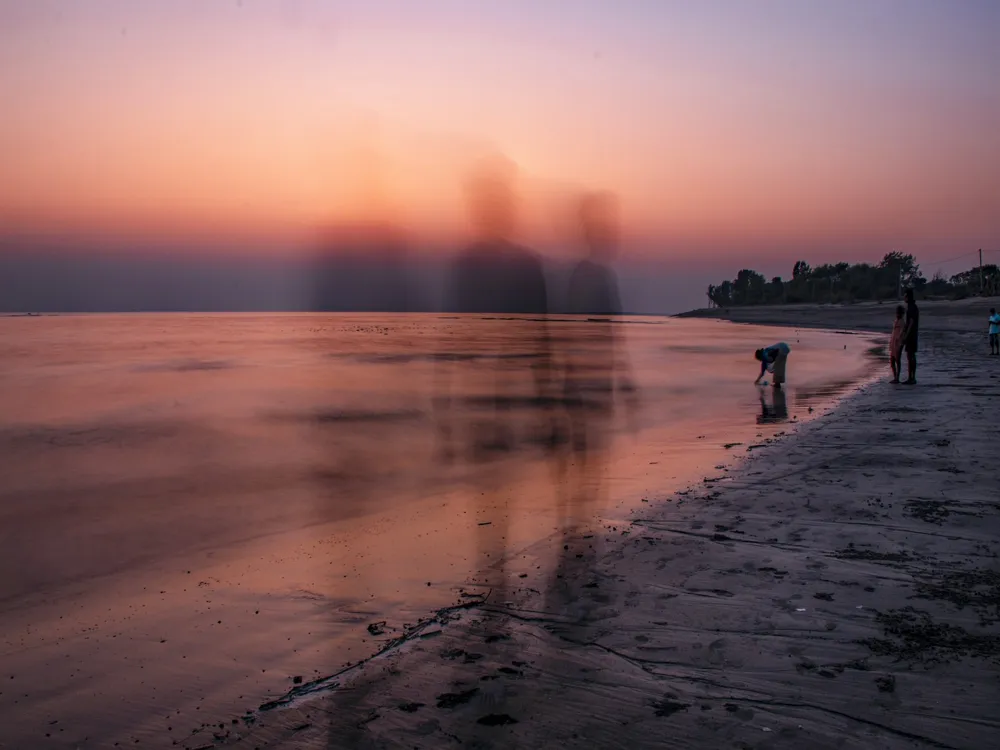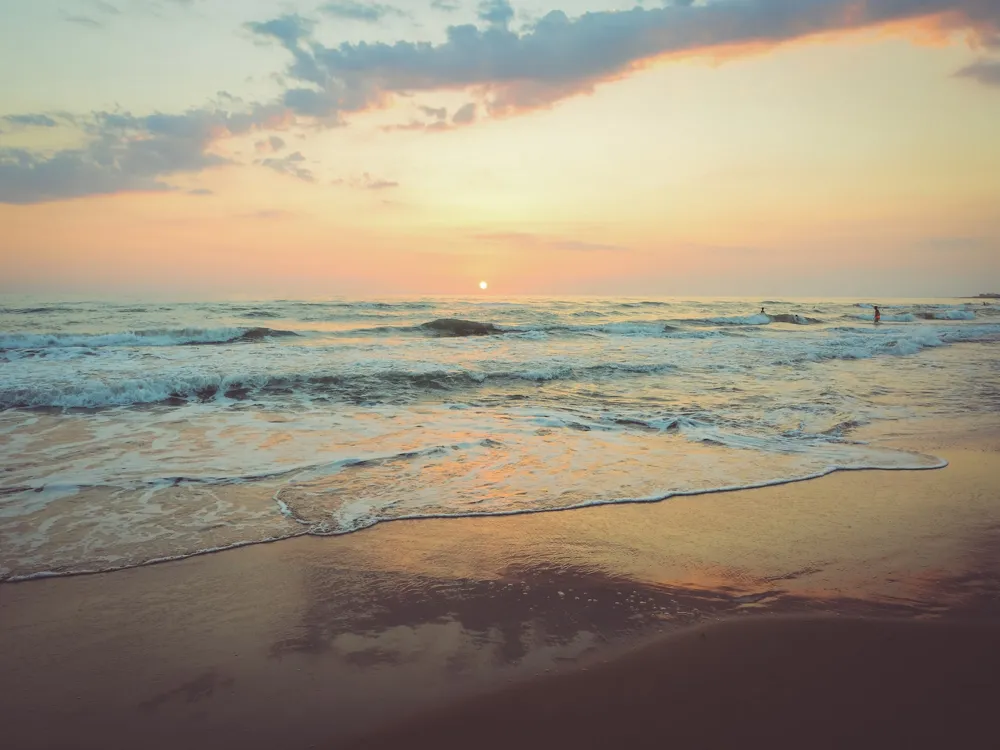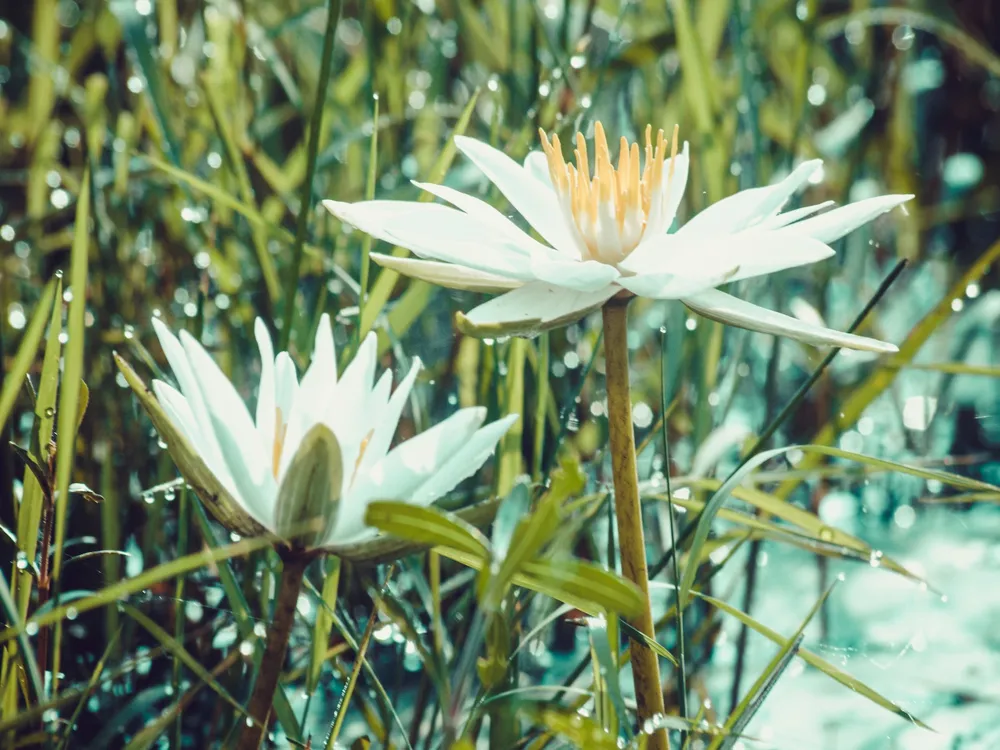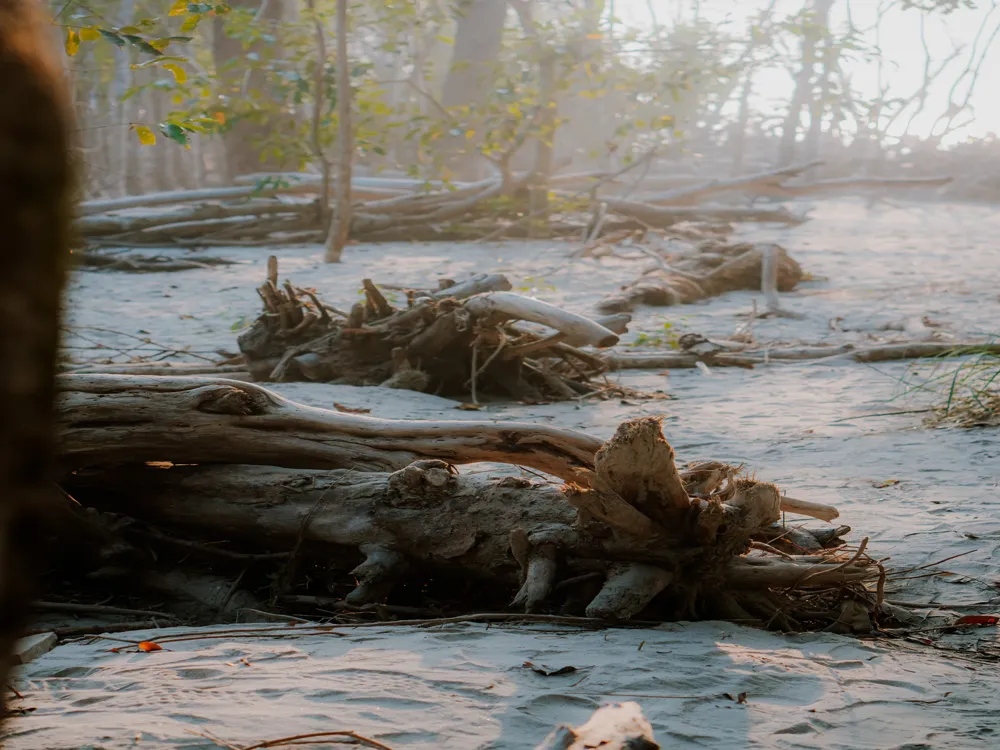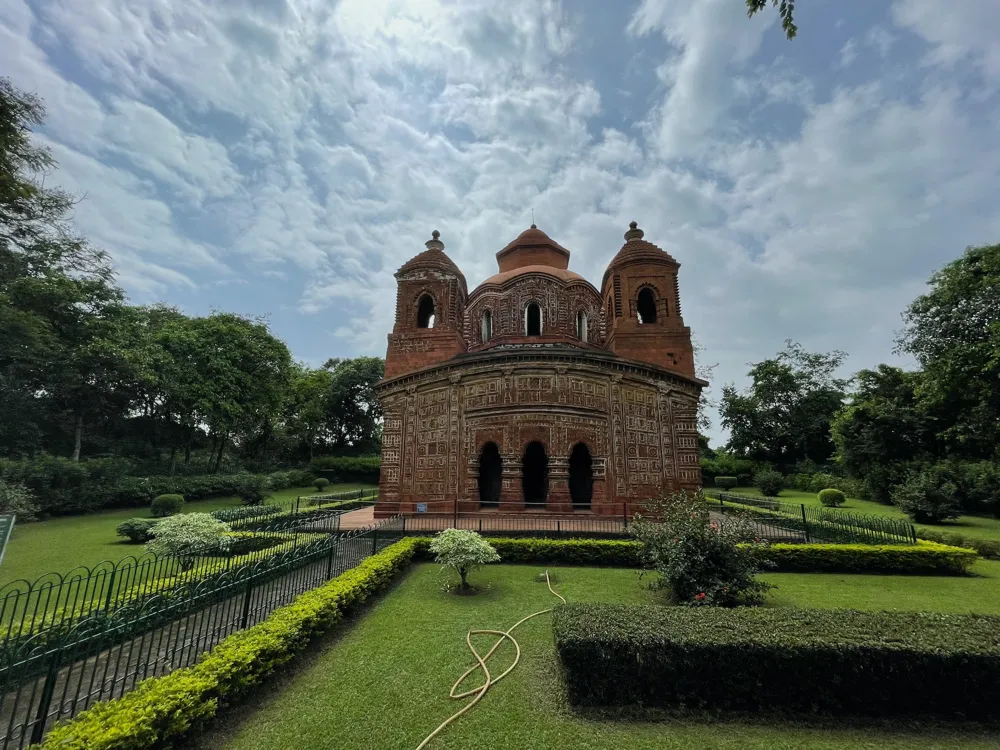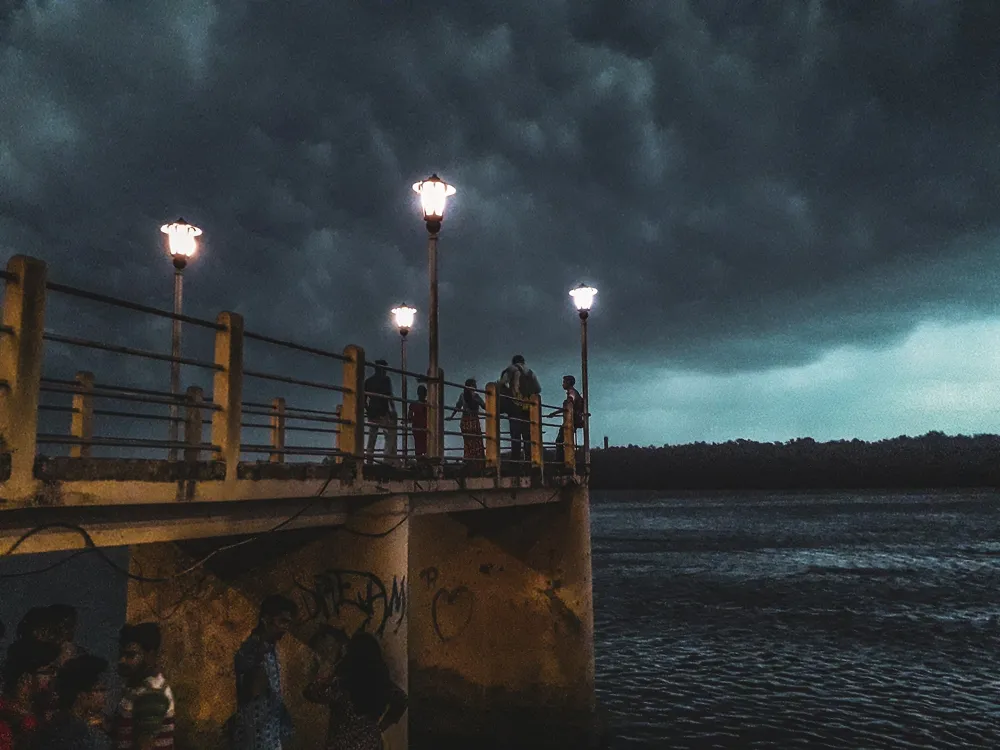Haldia, a significant city in the Purba Medinipur district of West Bengal, India, stands out as a vibrant hub of culture, history, and economic significance. This bustling city, strategically located along the banks of the Haldi River, a tributary of the mighty Ganges, is renowned for its deep-water dock and industrial belt, making it a critical player in India's maritime trade. Haldia's inception as a planned city in the 1950s and 1960s marked a transformative era, primarily to accommodate the growing needs of the Kolkata Port and to alleviate the congestion there. Over the years, Haldia has evolved into a unique blend of industrial prowess and rich cultural heritage, offering a plethora of experiences for both residents and visitors alike. The city's socio-economic landscape is heavily influenced by its port and the industries that have sprouted around it. The Haldia Port is one of the largest in India, handling a vast array of cargo and commodities, thus playing a pivotal role in the nation's trade network. The presence of numerous petrochemical, chemical, and other heavy industries has spurred the city's growth, creating a diverse and dynamic workforce. Despite its industrial dominance, Haldia has not lost its cultural essence. Festivals like Durga Puja and Rath Yatra are celebrated with great fervor, showcasing the rich traditions and communal harmony that prevail in this city. Geographically, Haldia is endowed with a unique landscape that includes rivers, green spaces, and urbanized areas. The city's layout reflects a thoughtful blend of industrial zones and residential areas, ensuring a balance between economic development and quality of life. The surrounding regions offer scenic beauty with lush greenery and water bodies, making Haldia a charming destination for nature enthusiasts. Education and research are also prominent in Haldia, with several esteemed educational institutions and research centers contributing to its intellectual environment. These institutions not only cater to the local population but also attract students and scholars from various parts of the country, adding to the city's diverse demographic profile. In summary, Haldia is a city that embodies a harmonious coexistence of industrial growth and cultural richness. Its strategic location, robust infrastructure, and vibrant community life make it a noteworthy destination in West Bengal, reflecting the dynamic spirit of modern India. The architectural landscape of Haldia is a fascinating amalgamation of modern industrial design and traditional Bengali elements. The city's skyline is characterized by contemporary structures, industrial complexes, and residential buildings that depict the rapid urbanization and industrial growth it has undergone. The design of these buildings often incorporates modern aesthetics and functional aspects to cater to the needs of a growing city. One of the most notable aspects of Haldia's architecture is the design of its industrial facilities. The Haldia Dock Complex, a marvel of modern engineering, stands as a testament to India's advancements in maritime infrastructure. The dock's design efficiently accommodates large vessels and a wide range of cargo operations, making it a cornerstone of India's maritime industry. The petrochemical and chemical plants in the area also exhibit state-of-the-art design, focusing on efficiency, safety, and environmental sustainability. Beyond its industrial landscape, Haldia's residential and public buildings reflect a blend of contemporary and traditional styles. The residential areas, planned to accommodate the city's growing population, feature a mix of high-rise apartments and individual houses. These structures often incorporate elements of traditional Bengali architecture, such as large windows and balconies, allowing ample natural light and ventilation, a necessity in the region's humid climate. Public buildings and institutions in Haldia, including schools, colleges, and government offices, also showcase a combination of modern and traditional design principles. These buildings are often equipped with modern facilities while retaining aesthetic elements that reflect Bengal's architectural heritage. The use of local materials and designs in some of these structures not only enhances their visual appeal but also ensures sustainability and relevance to the local context. In conclusion, the architecture of Haldia is a reflection of its identity as a modern, industrial city that still holds onto its cultural roots. The city's buildings, whether industrial, residential, or public, are designed with a deep understanding of functionality, aesthetic value, and environmental considerations, making Haldia's architectural landscape a testament to its growth and evolution. The ideal time to visit Haldia is between October and March. During these months, the weather is pleasant, with moderate temperatures and lower humidity, making it comfortable for exploring the city. This period also coincides with several local festivals, offering visitors a chance to experience Haldia's vibrant culture and traditions. Haldia is well-connected by road and rail. For local travel, auto-rickshaws and taxis are readily available. It's advisable to negotiate the fare in advance or opt for app-based taxi services for transparent pricing. For those interested in exploring nearby areas, renting a car might be a convenient option. Respect local customs and traditions. Dress modestly, especially when visiting religious sites. Bengali is the local language, and learning a few basic phrases can be helpful. Always ask for permission before taking photographs of people or private property. Haldia offers a variety of local Bengali cuisine. Street food is popular, but it's essential to eat from clean and reputable places to avoid health issues. Drinking bottled water is recommended. As for safety, Haldia is relatively safe, but like any other city, it's advisable to be cautious and avoid isolated areas at night. Haldia is accessible through various modes of transportation, making it easy for visitors to reach. The nearest airport is Netaji Subhash Chandra Bose International Airport in Kolkata, which is about 125 km away. From the airport, one can hire a taxi or take a bus to Haldia. The city is also well-connected by train, with Haldia railway station linking it to several major cities in India. For those preferring to travel by road, Haldia is connected to Kolkata and other cities by a network of highways. Regular bus services are available from Kolkata and other nearby cities to Haldia. The drive from Kolkata to Haldia, via the NH 41, offers a scenic journey through the countryside of West Bengal. Additionally, for a unique experience, one can opt for a ferry ride from Kolkata to Haldia, which offers a picturesque view of the Ganges and its surrounding areas.Overview of Haldia, West Bengal
Architecture of Haldia
Tips When Visiting Haldia
Best Time to Visit
Transportation Tips
Cultural Etiquette
Food and Safety
How To Reach Haldia
Mahishadal Rajbari and Goplajew Temple
Haldia
West Bengal
NaN onwards
View haldia Packages
Haldia Travel Packages
View All Packages For Haldia
Top Hotel Collections for Haldia

Private Pool

Luxury Hotels

5-Star Hotels

Pet Friendly
Top Hotels Near Haldia
Other Top Ranking Places In Haldia
View All Places To Visit In haldia
View haldia Packages
Haldia Travel Packages
View All Packages For Haldia
Top Hotel Collections for Haldia

Private Pool

Luxury Hotels

5-Star Hotels

Pet Friendly









